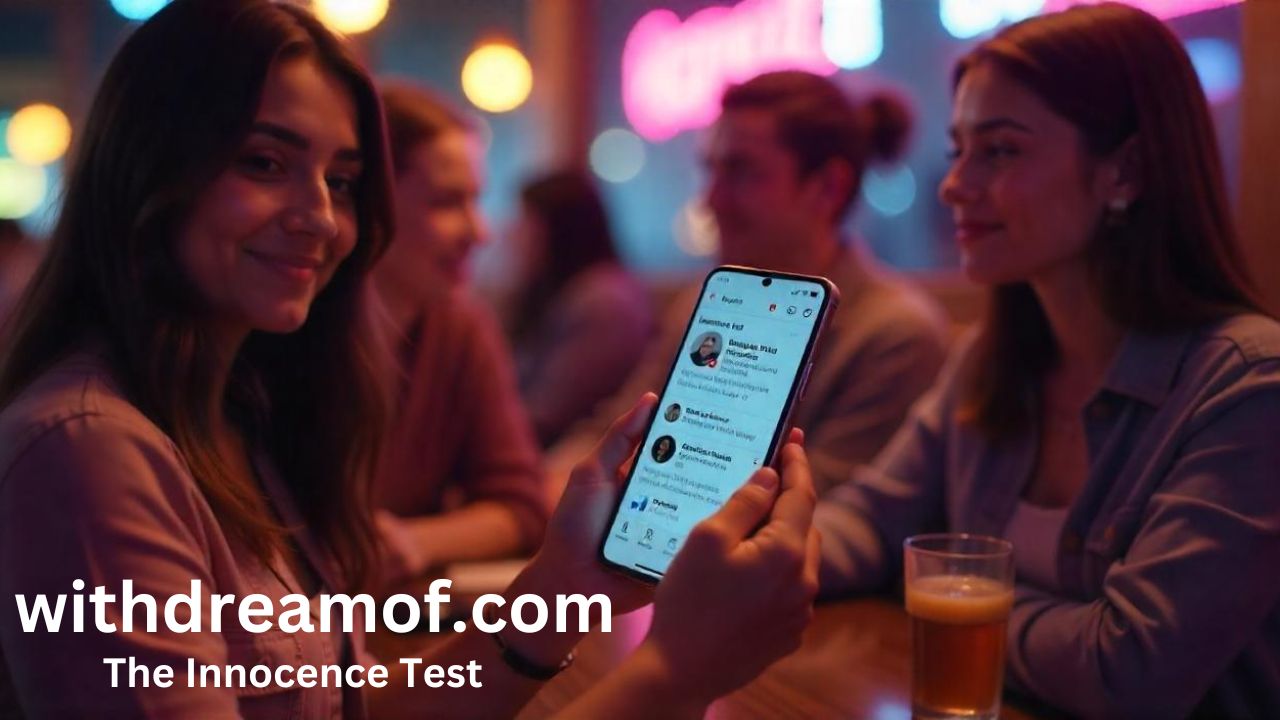The innocence test has captured the attention of millions, becoming a viral social media trend that sparks curiosity and self-reflection. This online quiz challenges participants to evaluate their life experiences, categorizing responses to determine a level of “innocence.” As it continues to trend, the innocence test represents a fascinating mix of humor, personal exploration, and digital culture.
What is the Innocence Test?
The innocence test is a self-assessment quiz designed to evaluate a person’s life choices and behaviors. Participants answer questions covering various topics, from harmless childhood activities to more unconventional adult experiences. The test assigns a score that reflects how “innocent” or “experienced” someone is based on their answers.
Why Has the Innocence Test Become So Popular?
Social media drives trends that resonate with users on a personal level. The innocence test combines humor, nostalgia, and relatability, making it instantly engaging. People love sharing results, comparing scores with friends, and laughing about shared experiences.
How Does the i-test Work?
The innocence test presents a series of questions that participants answer truthfully. Each question relates to specific life events or choices, and the responses influence the final innocence score. The test categorizes participants as “innocent” or “experienced” based on their answers.
What Questions Appear on the Innocence Test?
The questions cover a wide range of topics, from playful and lighthearted scenarios to deeper, introspective moments. Topics include childhood antics, social interactions, personal milestones, and risk-taking behaviors.
Humor as a Key Element of the Innocence Test
One reason the innocence test resonates with so many people is its humorous tone. Questions often feature playful phrasing that keeps participants entertained. This lightheartedness makes the test enjoyable without feeling overly serious.
How Social Media Fuels the Innocence Test Trend
Platforms like TikTok, Instagram, and Twitter play a significant role in spreading the i-test. People share their results, reactions, and even funny memes inspired by the questions. This visibility encourages others to participate, creating a cycle of engagement.
The i-test as a Tool for Self-Reflection
While it’s mostly lighthearted, the i-test also prompts participants to reflect on their personal growth. Answering questions encourages people to consider how their experiences have shaped them.
Comparing Scores with Friends: A Fun Social Activity
Participants often share their i-test scores with friends, sparking discussions and laughter. Comparing answers strengthens social bonds and creates memorable moments.
Generational Perspectives on the i-test
Different generations may interpret the innocence test questions differently. Older participants might view certain experiences as nostalgic, while younger users see them as relevant and current.
Criticism of the i-test
Not everyone appreciates the i-test. Some critics argue that it oversimplifies life experiences and reduces personal complexity to a numerical score. Others worry about privacy concerns when sharing sensitive responses online.
How the i-test Relates to Digital Trends
The i-test reflects broader digital trends where quizzes, memes, and viral challenges dominate online spaces. These trends thrive on relatability, humor, and easy sharing.
Cultural Impacts of the i-test
The i-test highlights cultural norms and generational shifts in attitudes toward certain behaviors. It reveals how people interpret “innocence” differently across various contexts.
Privacy Concerns When Taking the i-test
Sharing results online can raise questions about privacy and data security. Users must remain cautious about disclosing sensitive or personal information through public posts.
Why the Innocence Test Appeals to Younger Audiences
Younger generations embrace trends like the i-test because they encourage fun, creativity, and connection. The test serves as a playful icebreaker for digital conversations.
The Role of Humor in Driving Engagement
Humor plays a pivotal role in making the innocence test viral. Playful questions and relatable scenarios keep participants entertained and encourage sharing.
How the i-test Encourages Openness
The i-test creates a safe space for discussing topics that might otherwise feel uncomfortable. Participants often feel more willing to open up.
Spin-Offs and Variations of the i-test
As its popularity grows, variations of the i-test emerge. Some versions focus on specific themes, such as relationships, school life, or cultural references.
The Innocence Test’s Lasting Influence on Social Media Culture
By combining introspection with humor, the innocence test reflects how digital culture evolves to meet users’ desire for meaningful and entertaining interactions.
FAQs
What is the innocence test?
The i-test is an online quiz that evaluates participants’ life experiences, assigning a score that reflects their level of innocence.
Why has the i-test become so popular?
Its mix of humor, relatability, and self-reflection appeals to social media users who enjoy sharing results and sparking conversations.
How does the i-test work?
Participants answer a series of questions about their experiences. The responses determine a final score representing their perceived innocence.
What makes the i-test entertaining?
Humor and relatable scenarios make the i-test enjoyable for participants, encouraging them to share their results online.
Are there privacy concerns with the i-test?
Yes, users should remain cautious about sharing sensitive answers publicly to avoid privacy or data security issues.
Can the i-test encourage meaningful conversations?
Yes, the test often sparks discussions about shared experiences, personal growth, and generational perspectives on innocence.
Conclusion
The innocence test represents more than a viral trend; it highlights how humor, introspection, and relatability drive engagement in digital spaces. By encouraging self-reflection and fostering connections, the test creates a unique blend of entertainment and meaningful interaction. While criticisms exist, the innocence-test continues to thrive as an entertaining tool for exploring shared human experiences.











